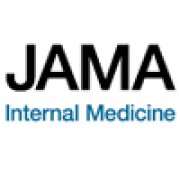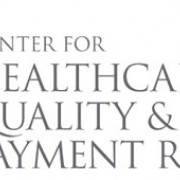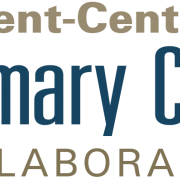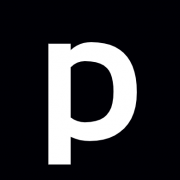You are looking at an archived version of our site. Please visit thepcc.org for a fresh, new experience!
Payment Reform
Various payment innovations have been testing ways to support primary care innovation and PCMH for many years. Depending on the region and the provider arrangement (e.g., a solo or small practice, an Independent Practice Association or Accountable Care Organization (ACO), or an employed provider as part of a health system), some practices that were once paid fee-for-service only, are now receiving additional per member per month payments (PMPM). Others are receiving payment incentives tied to performance metrics that measure quality, cost, or patient engagement. Medicare has been piloting various types of payment reform — ranging from pay-for-reporting to bundled payment — but the scale and spread of delivery models that tie payment to quality for all Medicare benefi ciaries is more recent.
As part of the Affordable Care Act, the Centers for Medicare and Medicaid Innovation (CMMI) is spearheading one of the most aggressive efforts in recent history to address delivery system reform. Recent passage of MACRA can help bring these efforts to scale across the entire Medicare program, and subsequently impact the broader commercial marketplace.
Payment Reform & PCMH: Value-based Purchasing in the Public and Private Sector
Because fee-for-service does not reimburse for key PCMH features — such as facilitating information sharing and care coordination with sub-specialists and hospitals, managing web-portals and personal health records, email communication and telephone visits, developing connections to community-based organizations, and integrating behavioral health — it often fails to compensate for the complete scope of services offered by a PCMH. Smaller practices with little reserve capacity are especially challenged in offering PCMH-level care without adequate financial support.
Numerous alternative payment models (APMs) are poised to support PCMH implementation and sustainability. Significant experimentation and testing of alternative payment arrangements is well underway, ranging from accountable care, to episode-based payment initiatives, to up-front payments that support primary care practice transformation, to initiatives that focus on specific populations, such as Medicaid, CHIP, or individuals dually eligible for Medicaid and Medicare.
For more information, please access our 2014-2015 PCMH evidence report.
Resources

JAMA Internal Medicine | Giugno 2014

The Annals of Family Medicine | Giugno 2014

The Commonwealth Fund | Aprile 2014

American Geriatrics Society | Febbraio 2014

National Academy for State Health Policy | Febbraio 2014

Center for Health Care Quality & Payment Reform | Febbraio 2014
- ‹ precedente
- 8 di 15
- seguente ›
News
Maggio 30, 2019
Maggio 29, 2019 | Health Affairs Blog
Aprile 11, 2019 | Health Affairs Blog
- ‹ precedente
- 8 di 69
- seguente ›
Events & Media
Agosto 25, 2016 | CMS
Settembre 16, 2016 | Consumers Union Health Care Value Hub
- ‹ precedente
- 8 di 34
- seguente ›
Related Content
Pagine
| Titolo | Sorgente | Data |
|---|---|---|
| To Curb Rising Health Insurance Costs, Some States Try 'Reinsurance Pools' | Pew Charitable Trusts | Aprile 9, 2018 |
| Leveraging PCMH Evidence to Make the Case for Greater Investment in Primary Care | Marzo 31, 2018 | |
| Disinvesting In Primary Care? | Health Affairs | Marzo 14, 2018 |
| A Health Plan ‘Down Payment’ Is One Way States Try Retooling Individual Mandate | Kaiser Health News | Marzo 9, 2018 |
| PCDC Urges NYS Legislators to Protect PCMH Incentive Program | PCDC | Marzo 5, 2018 |
| How one US state saved $240 million in health care spending | Quartz | Marzo 1, 2018 |
| Healthcare Coalition Calls on CMS to Maintain Leadership on Value-Based Payment | Novembre 22, 2017 | |
| States Build on Primary Care Models to Expand Access | AAFP News | Ottobre 17, 2017 |
| 9 major takeaways from the 2018 MACRA proposed rule | Healthcare Dive | Giugno 26, 2017 |
| CMS Proposes Quality Payment Program updates to increase flexibility and reduce burdens | CMS | Giugno 20, 2017 |
Pagine
Menu secondario
Copyright © 2024 Primary Care Collaborative












